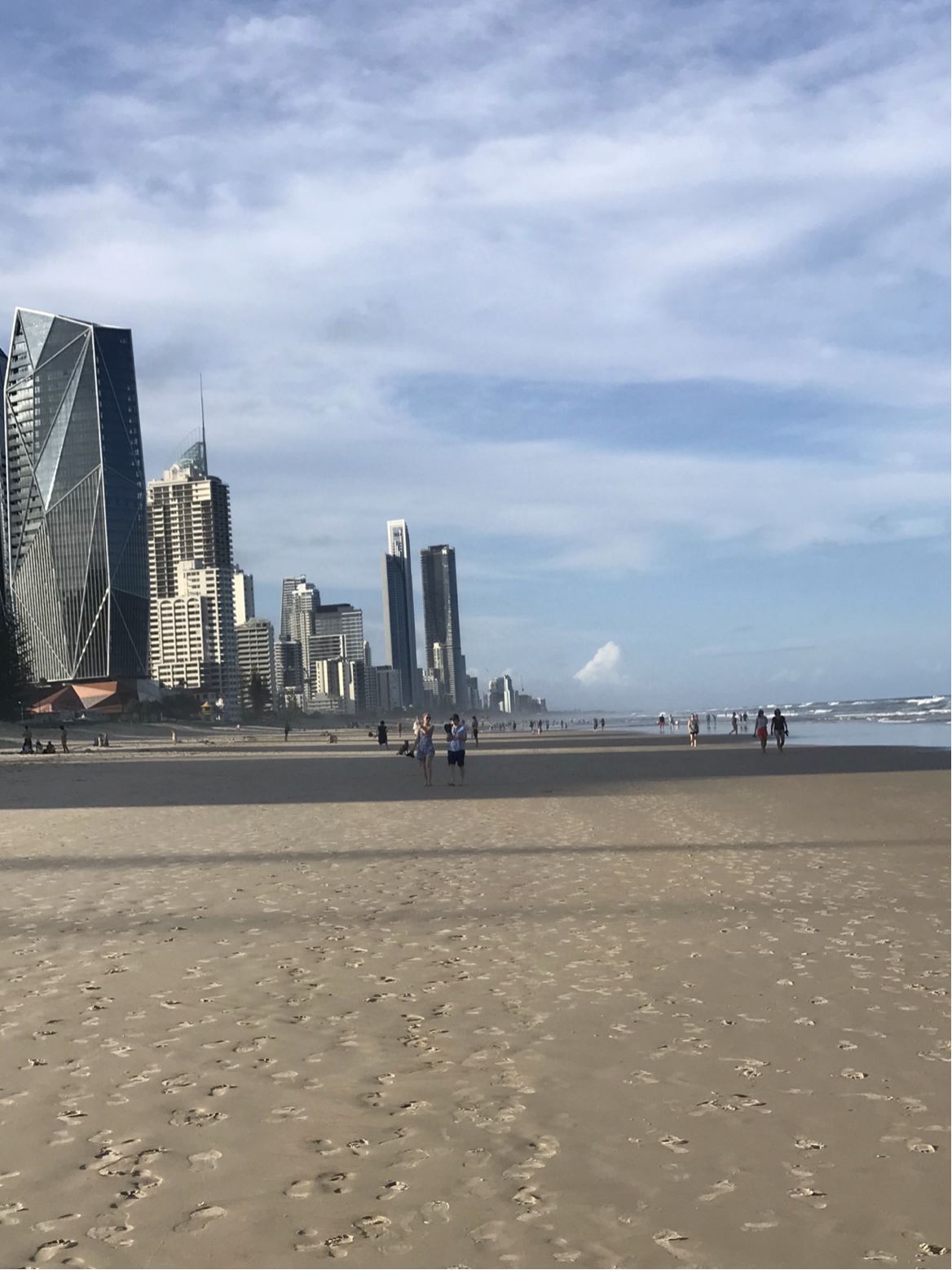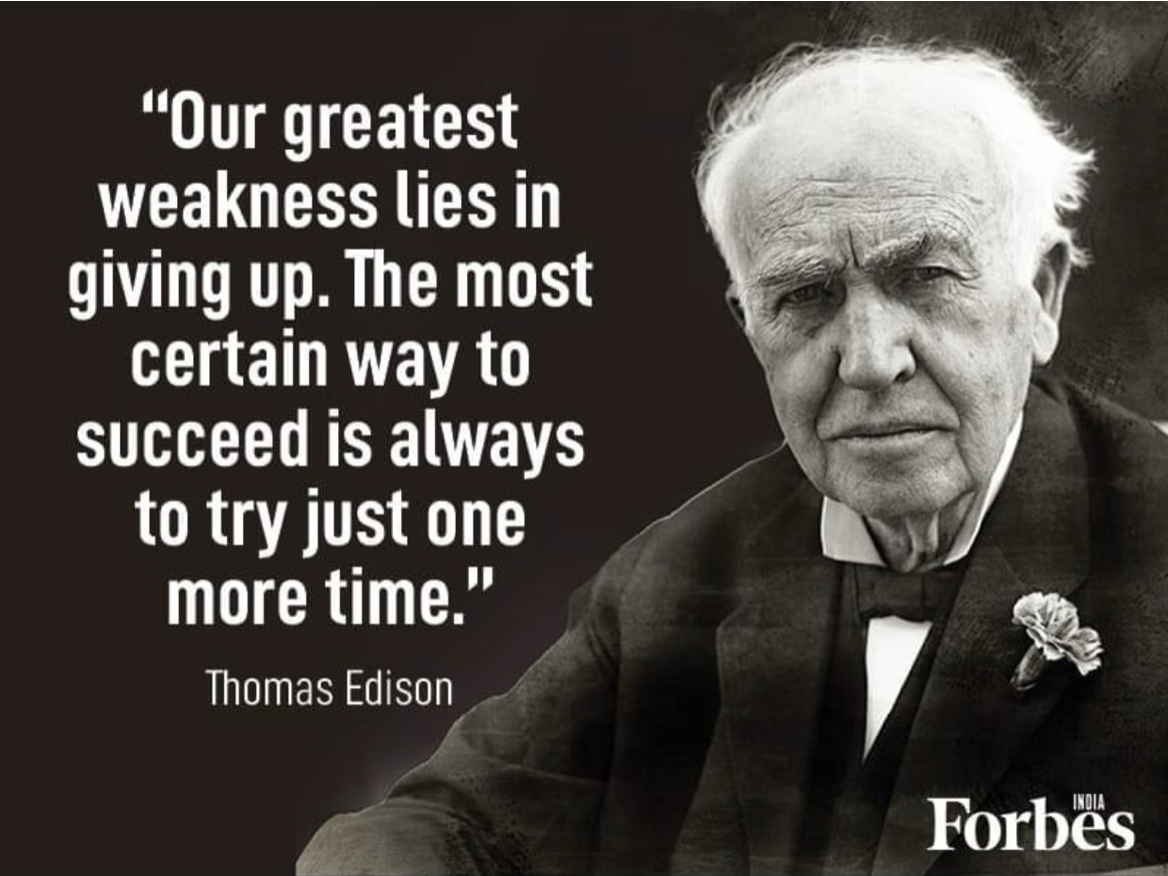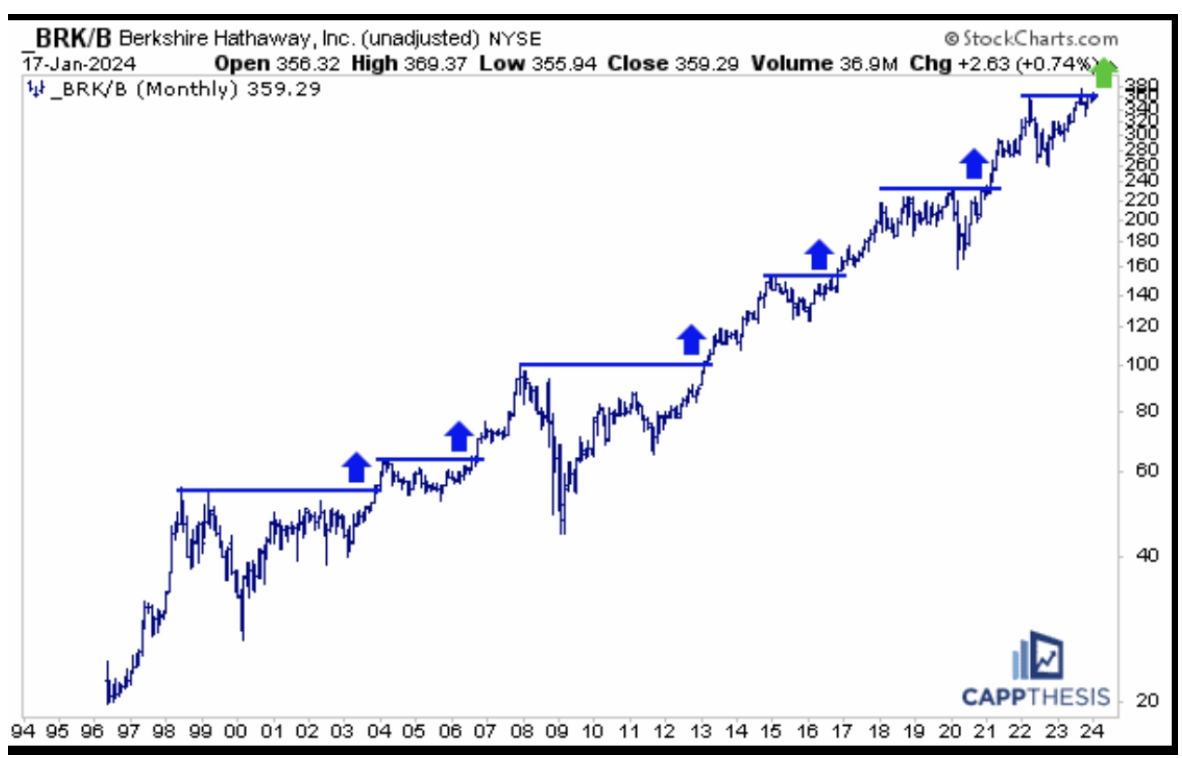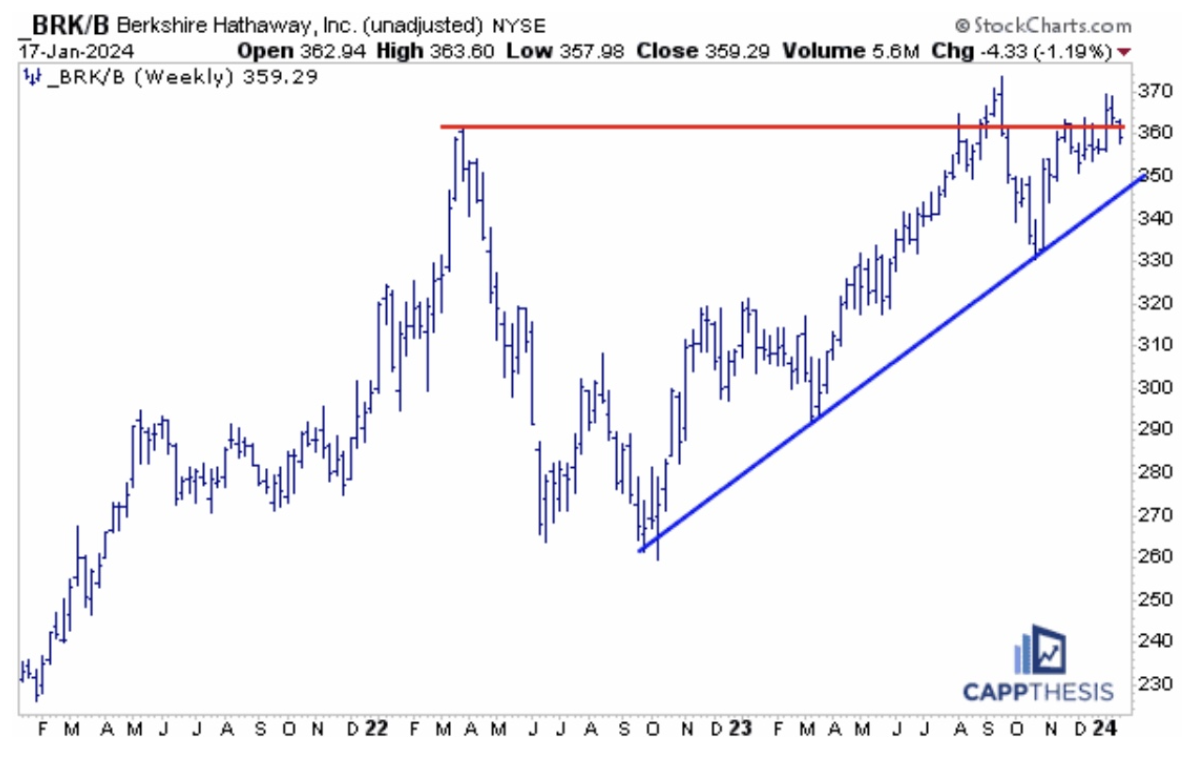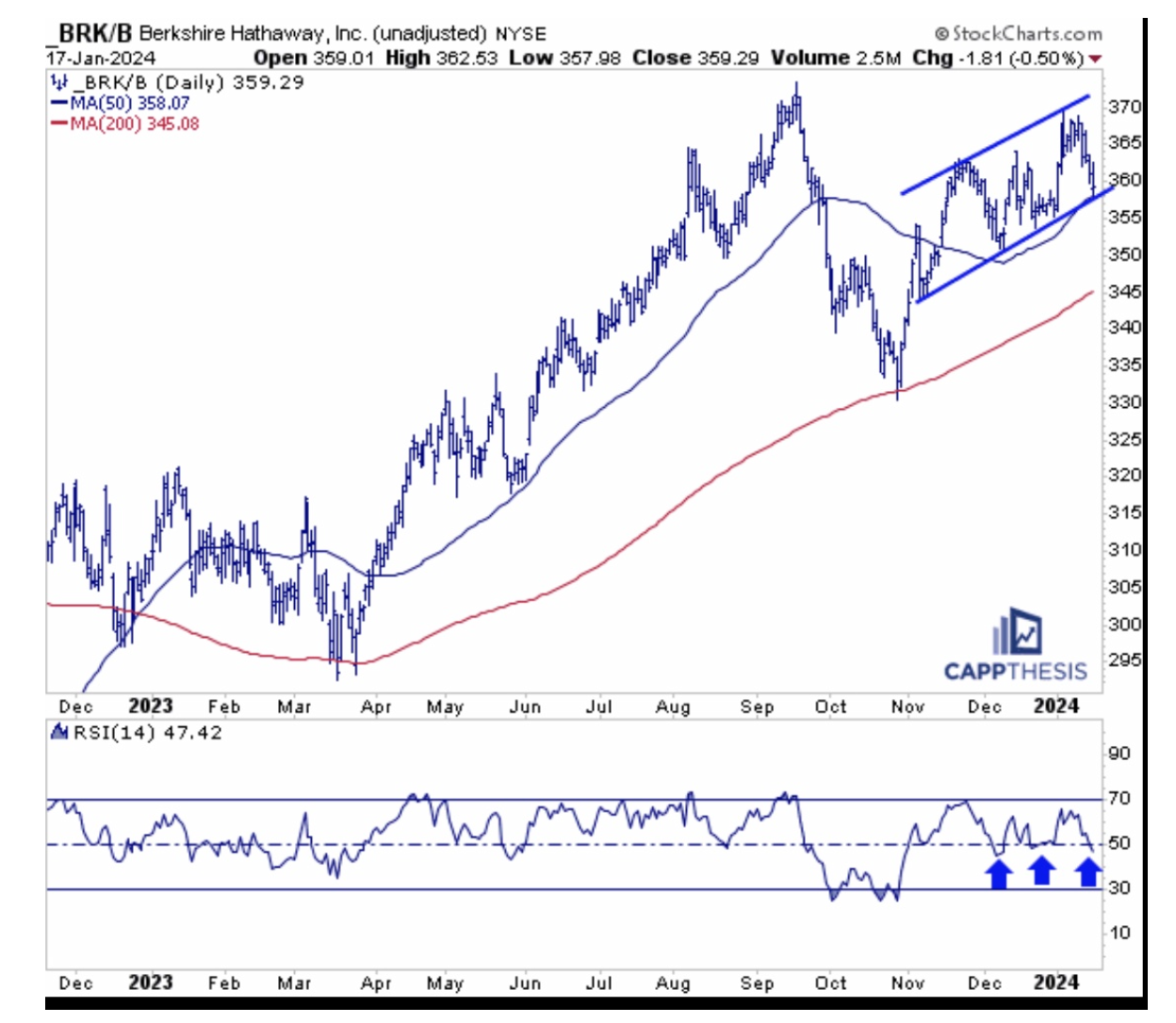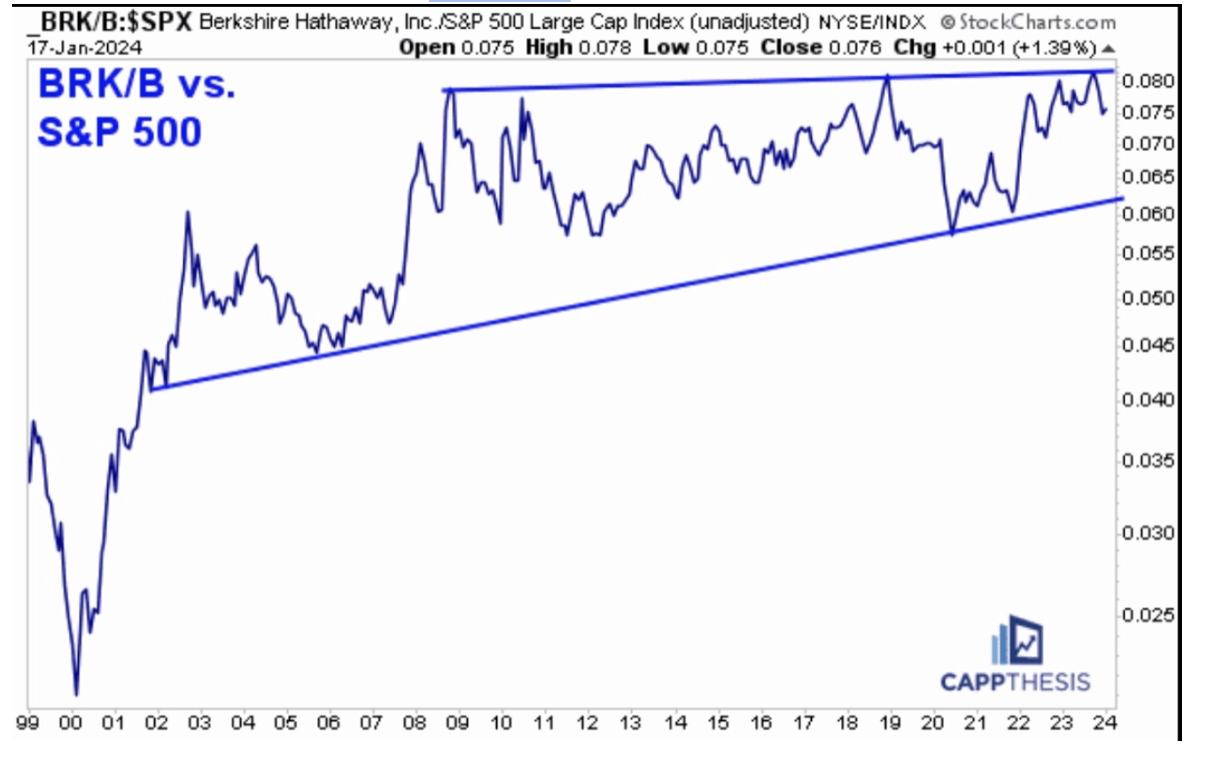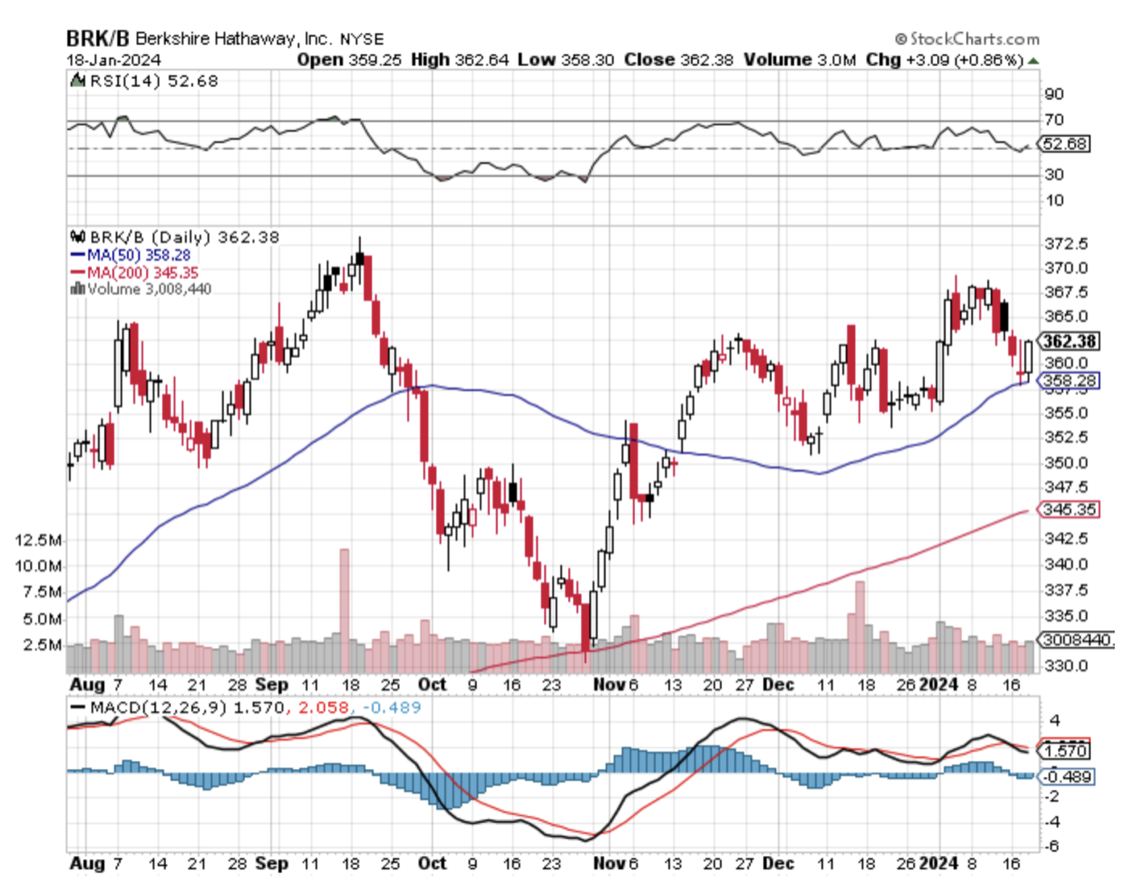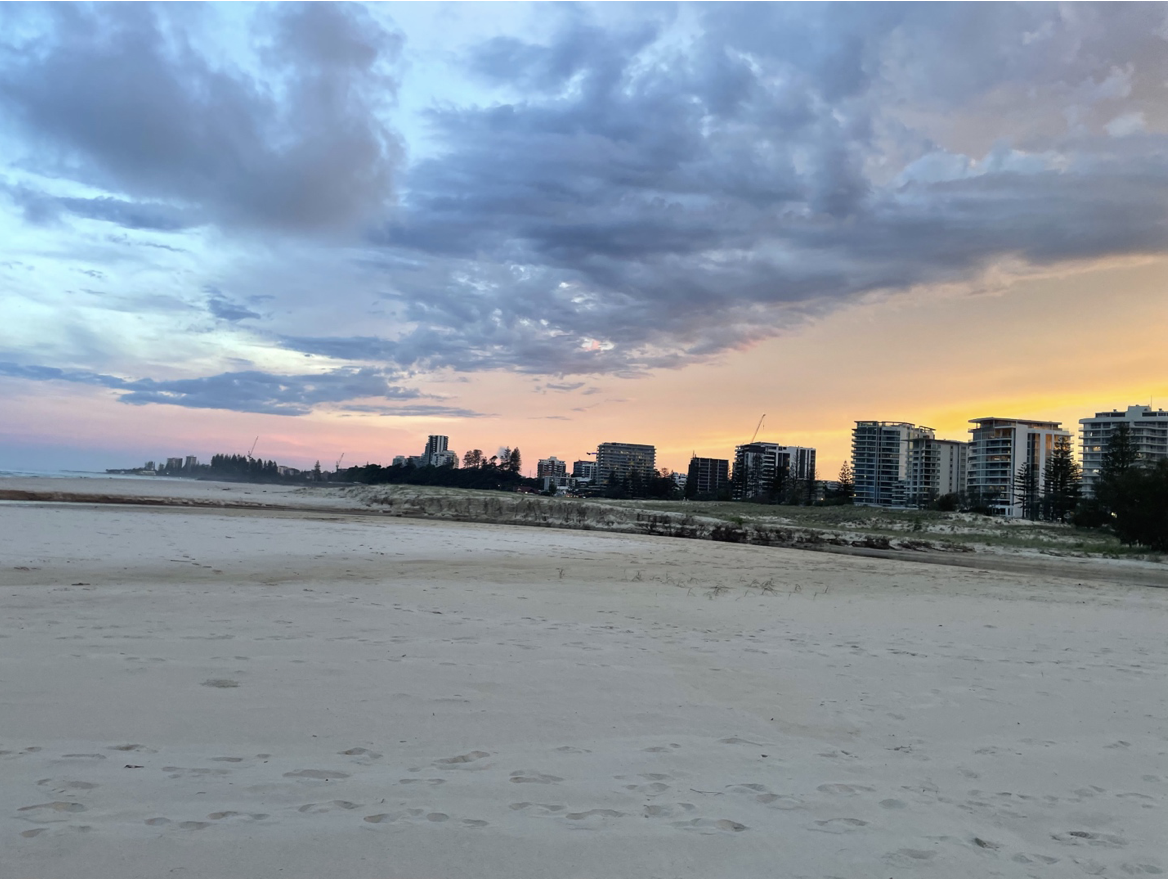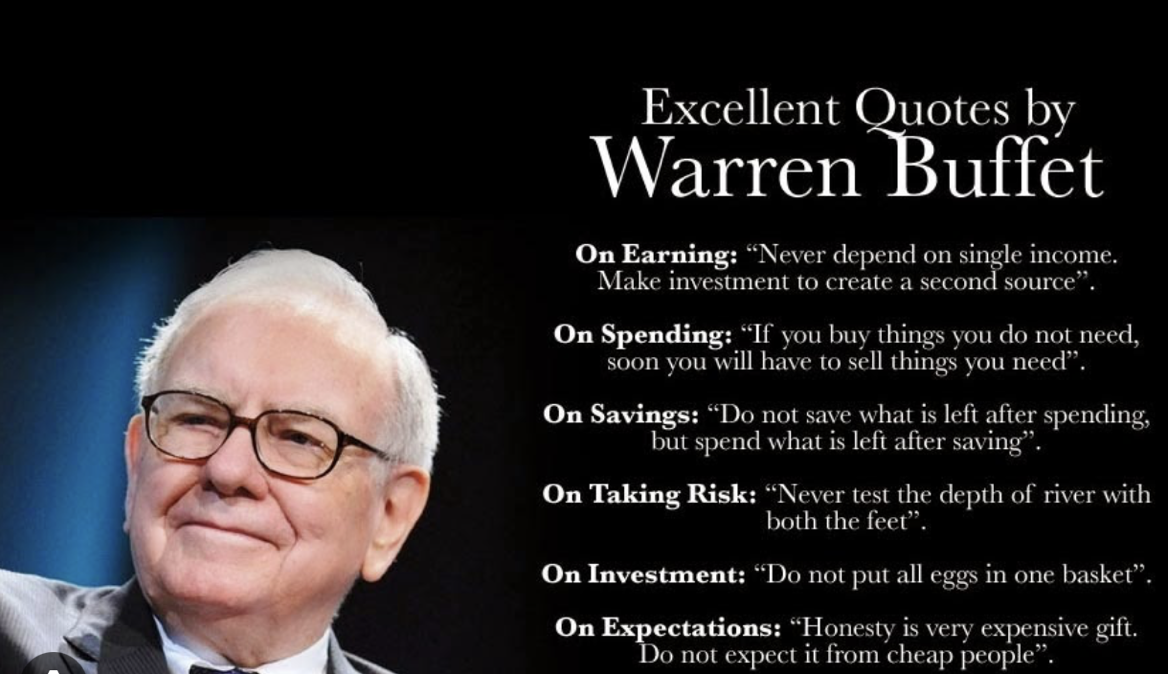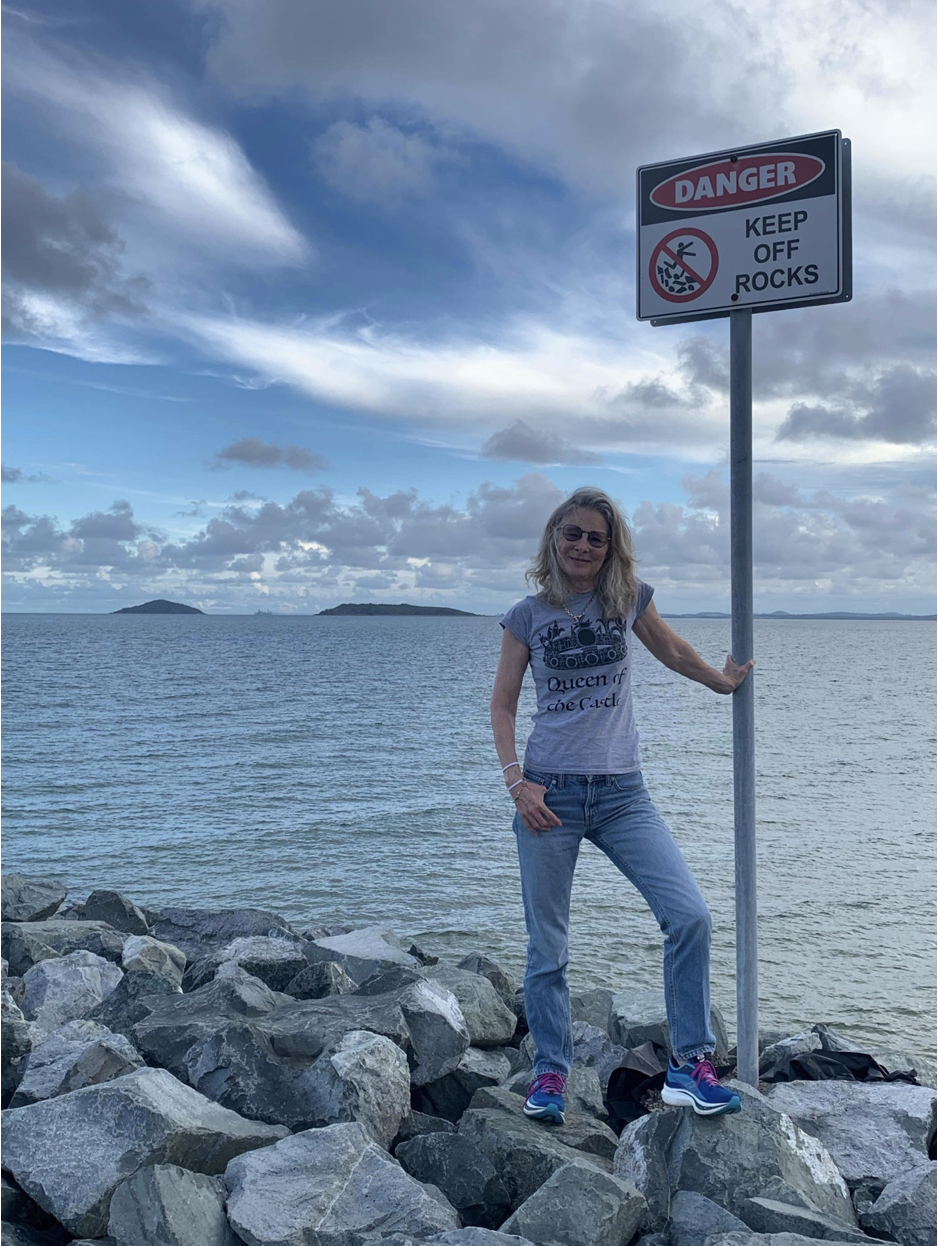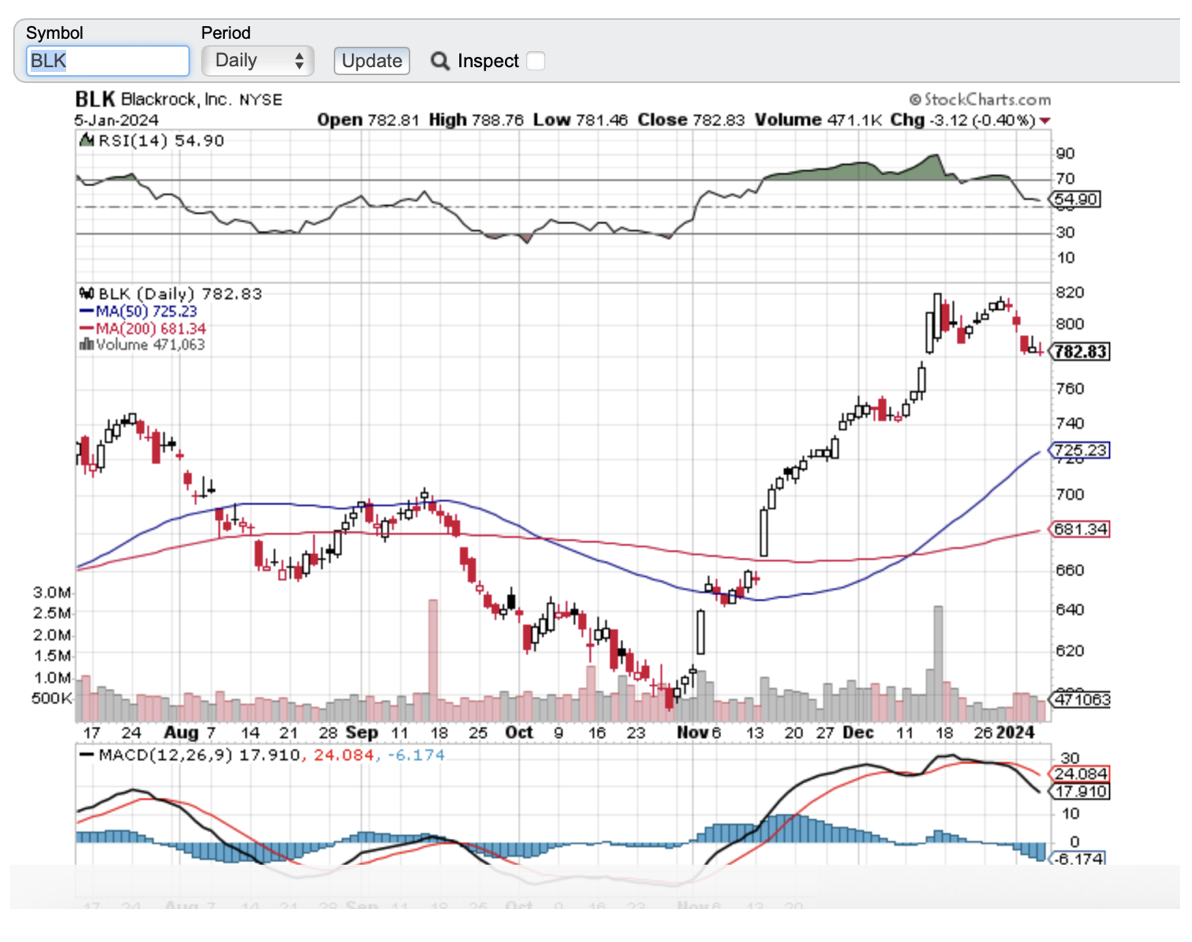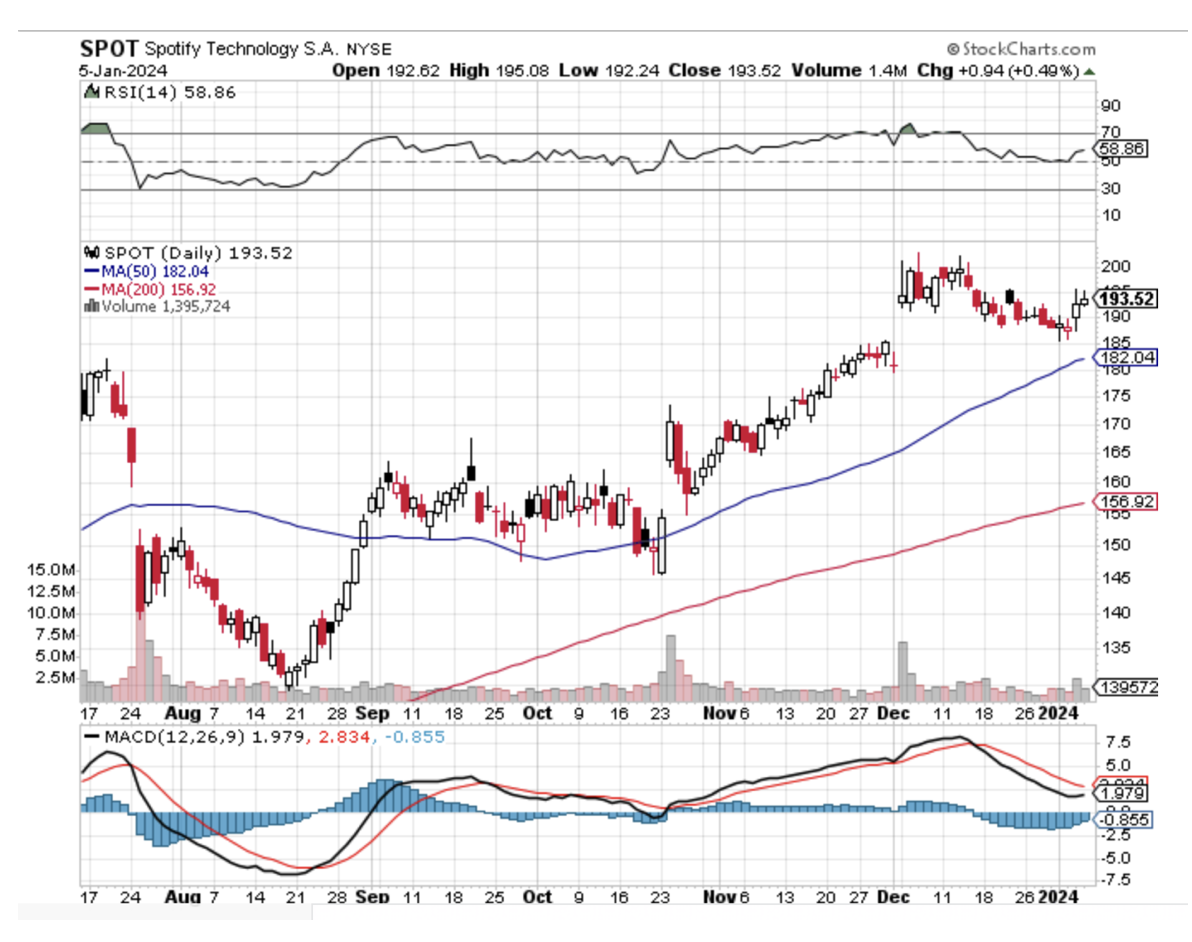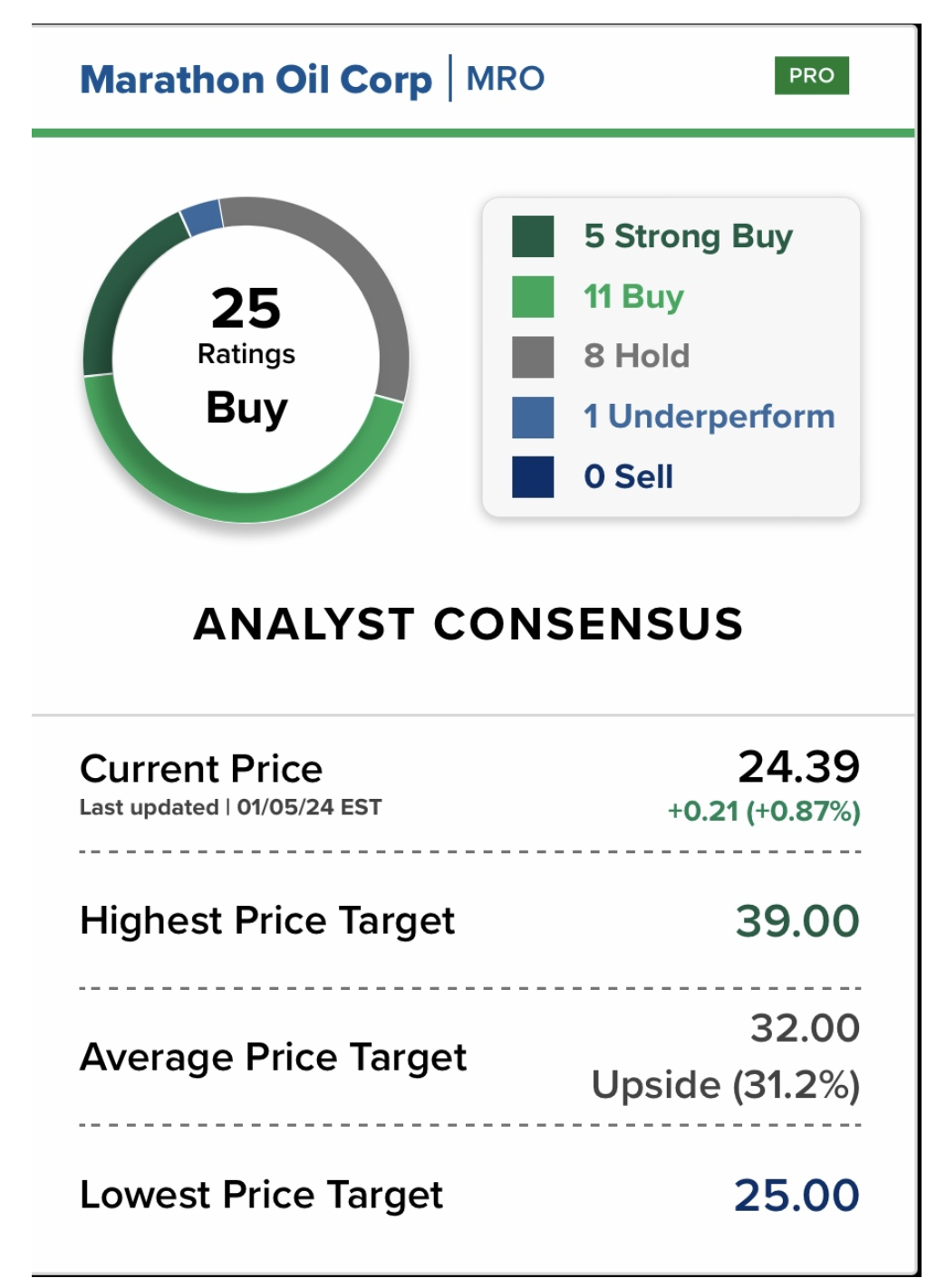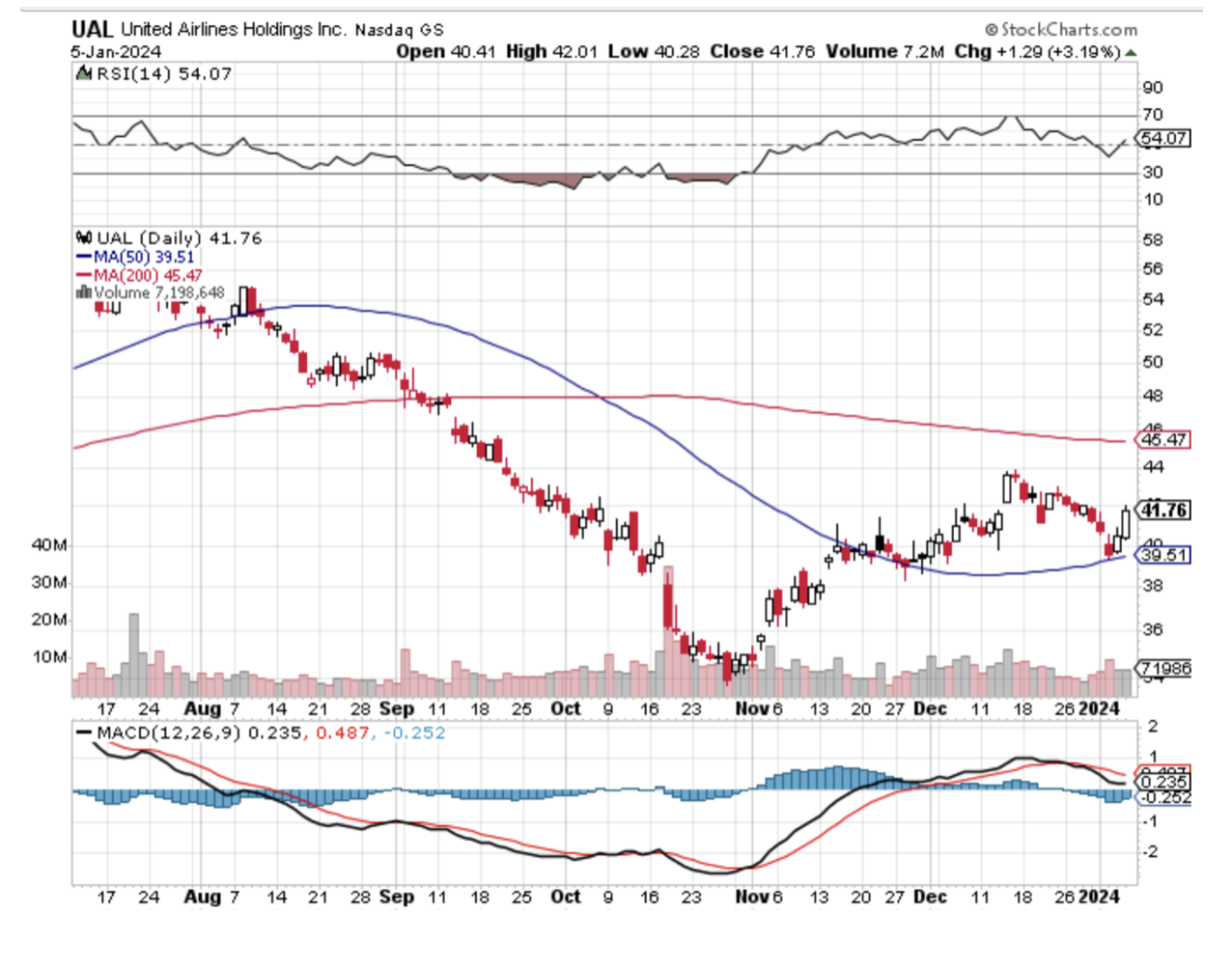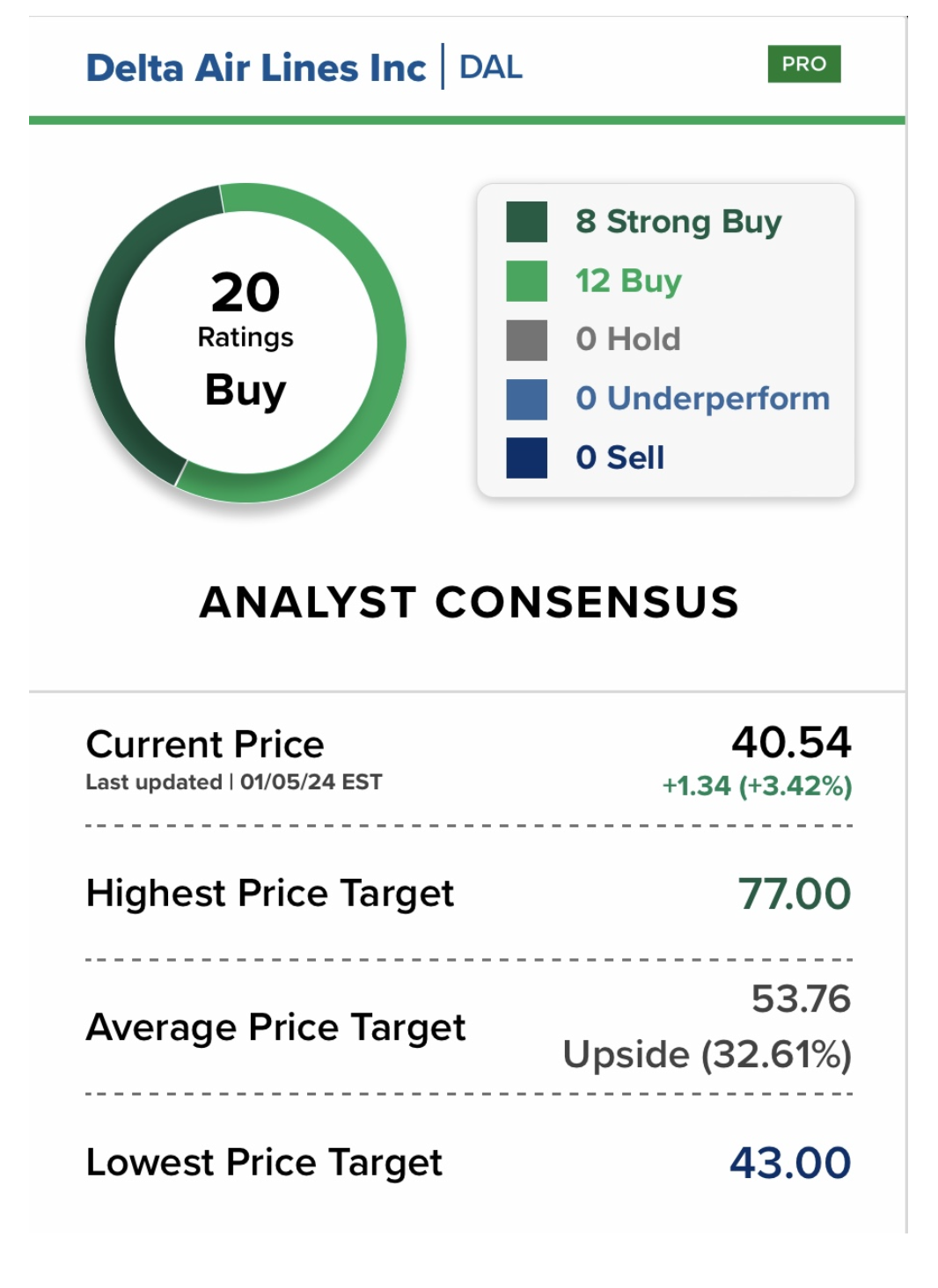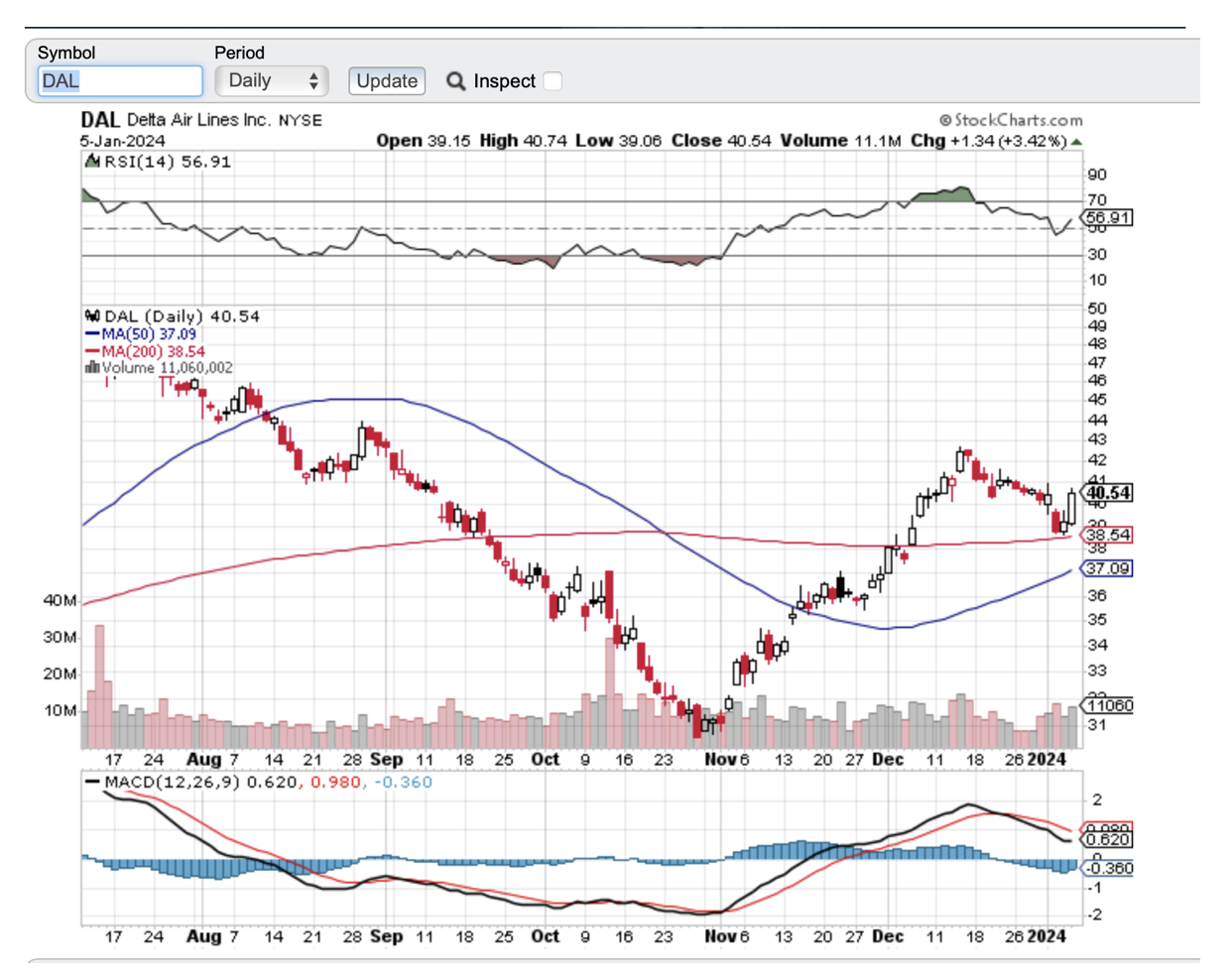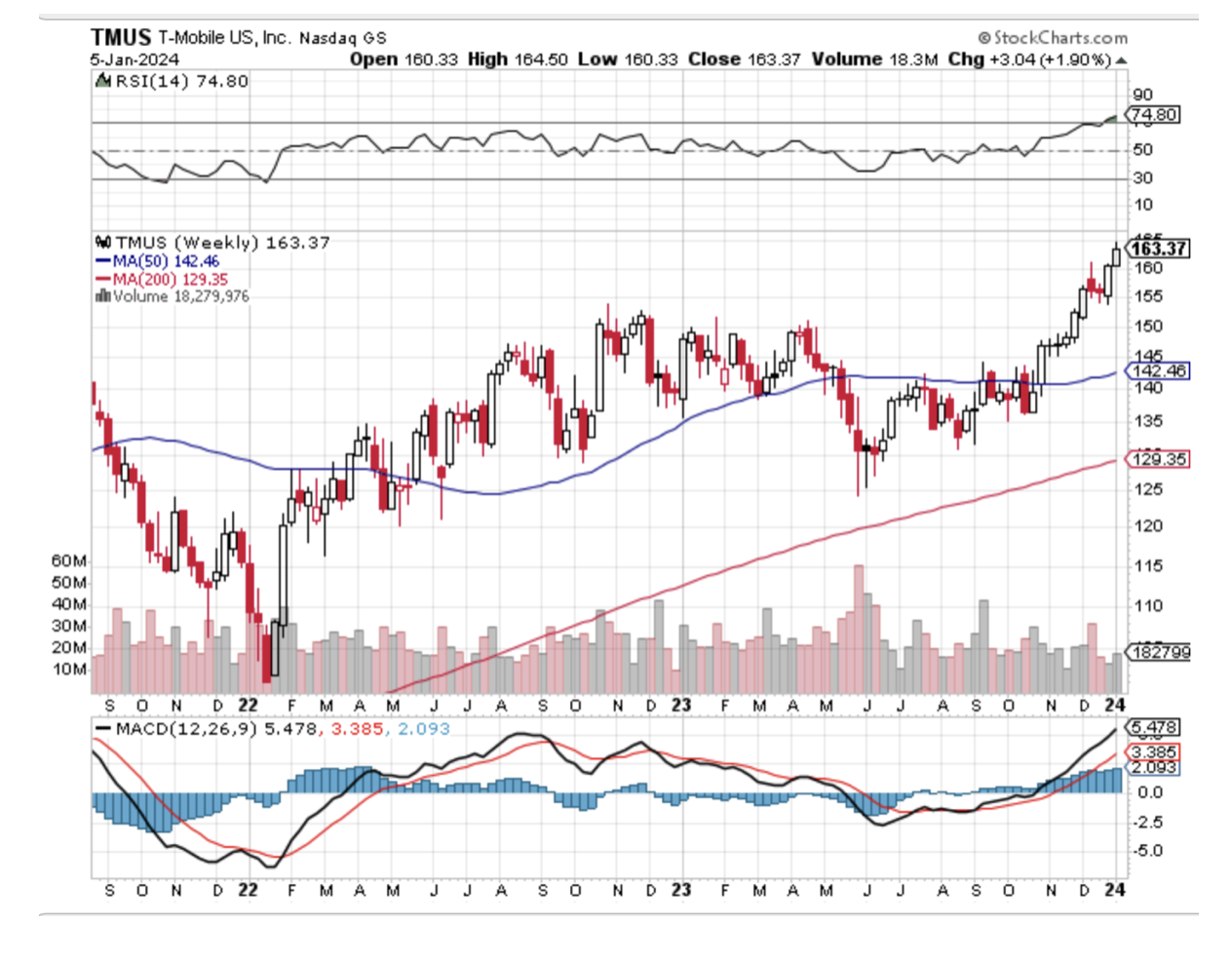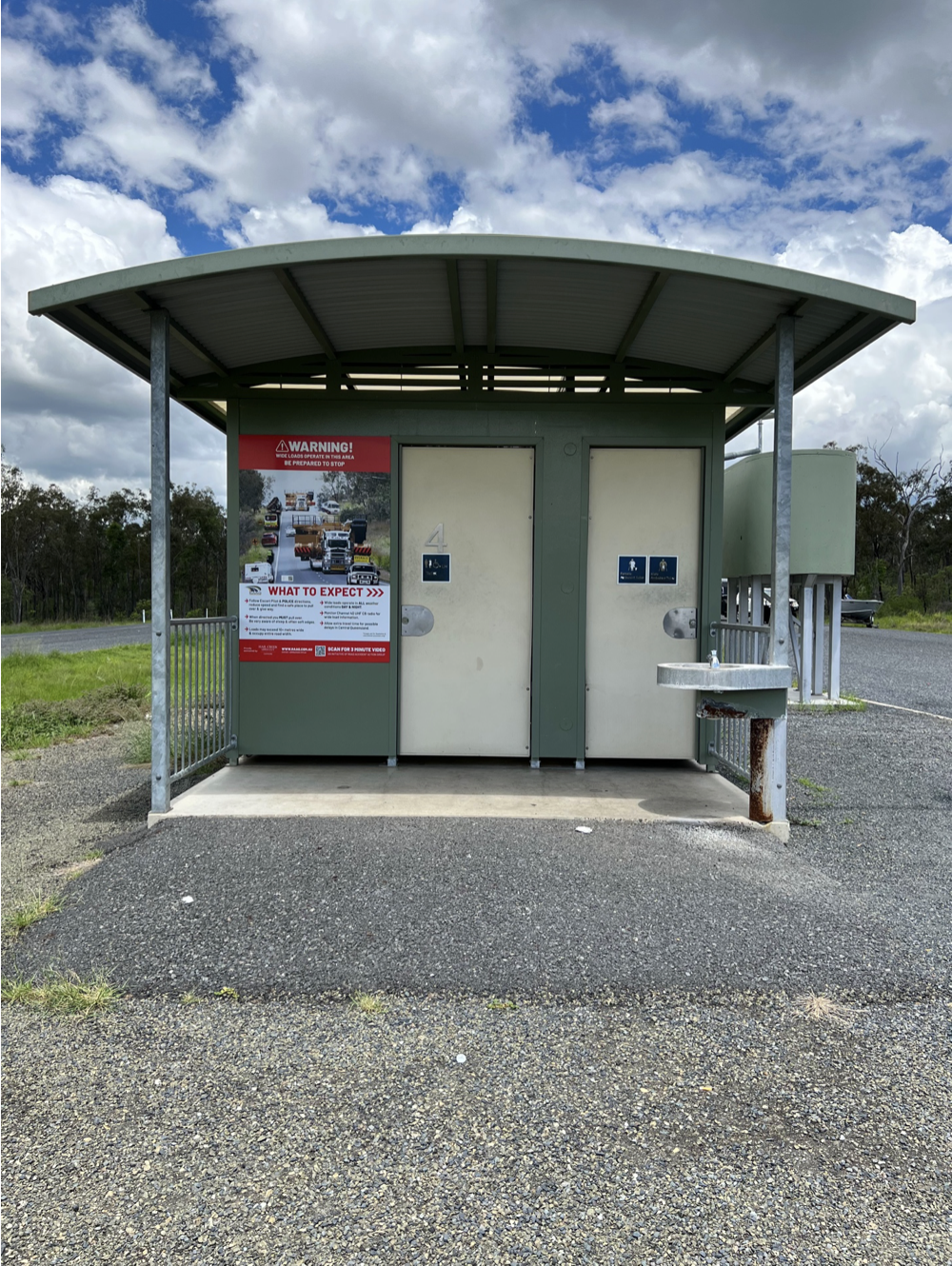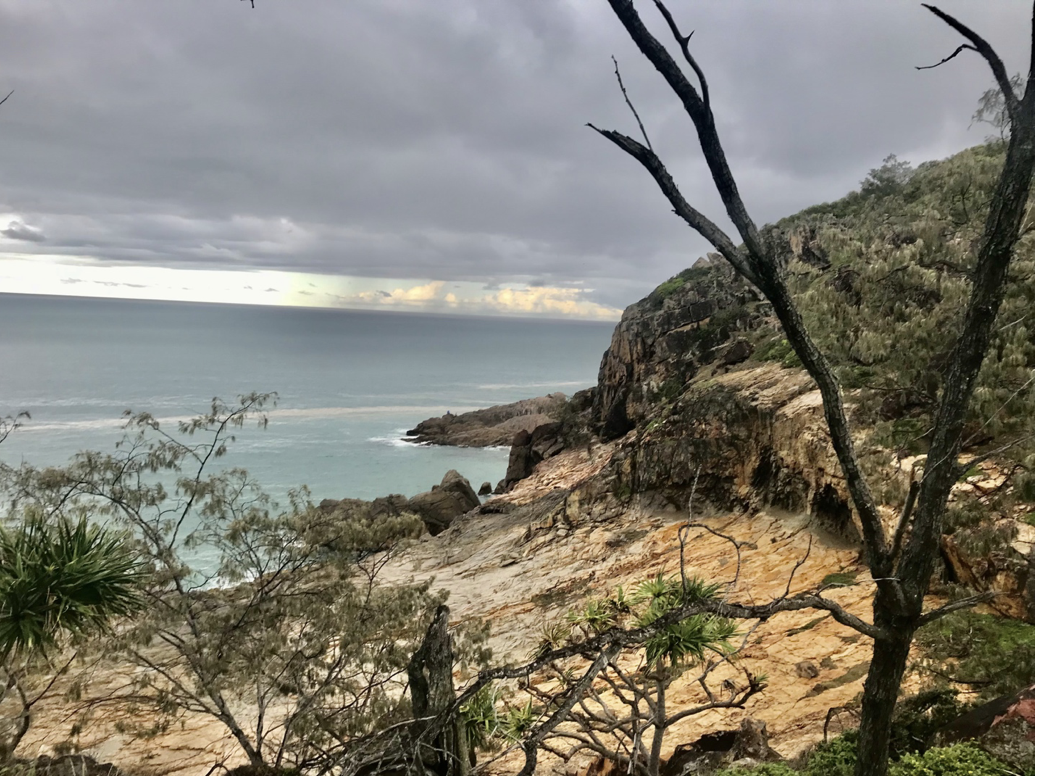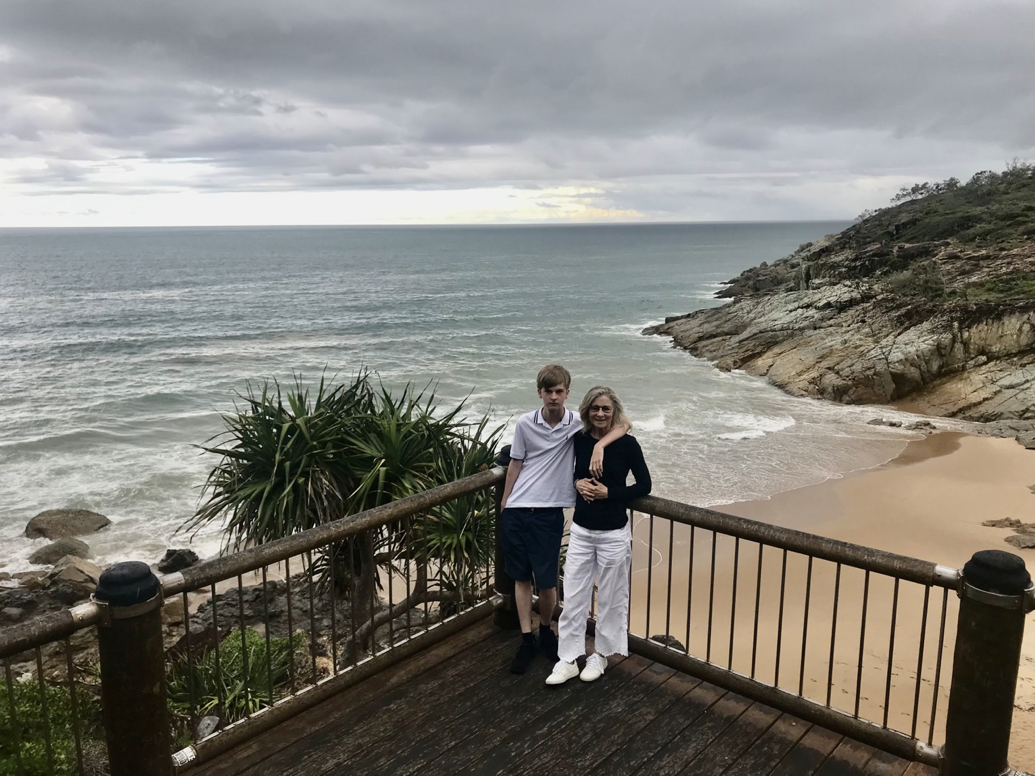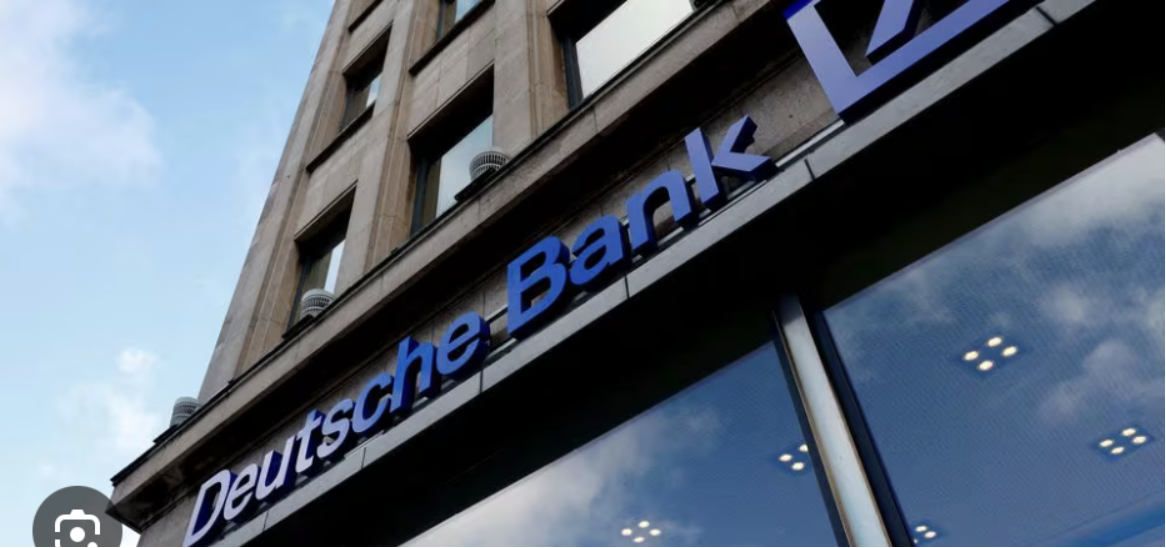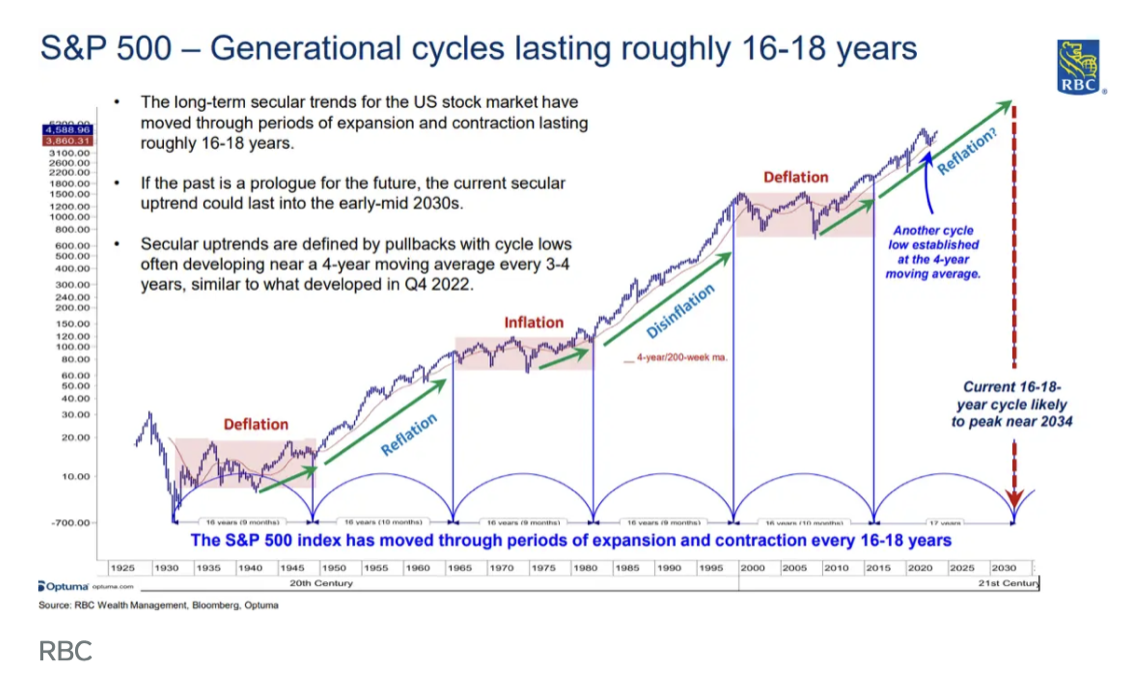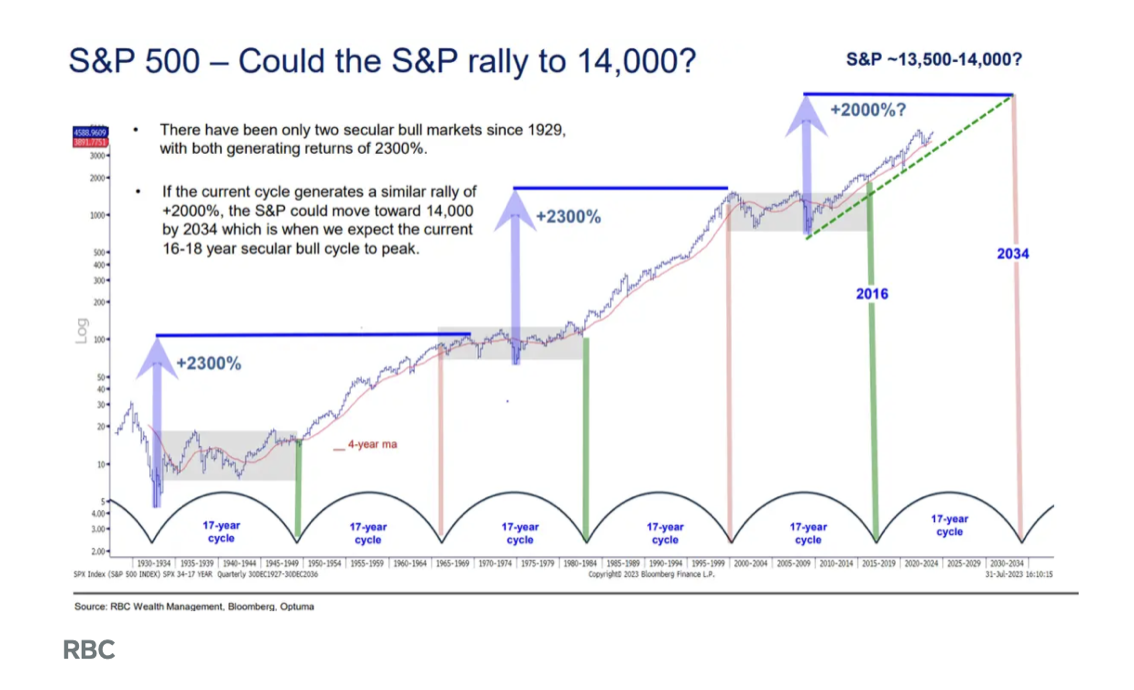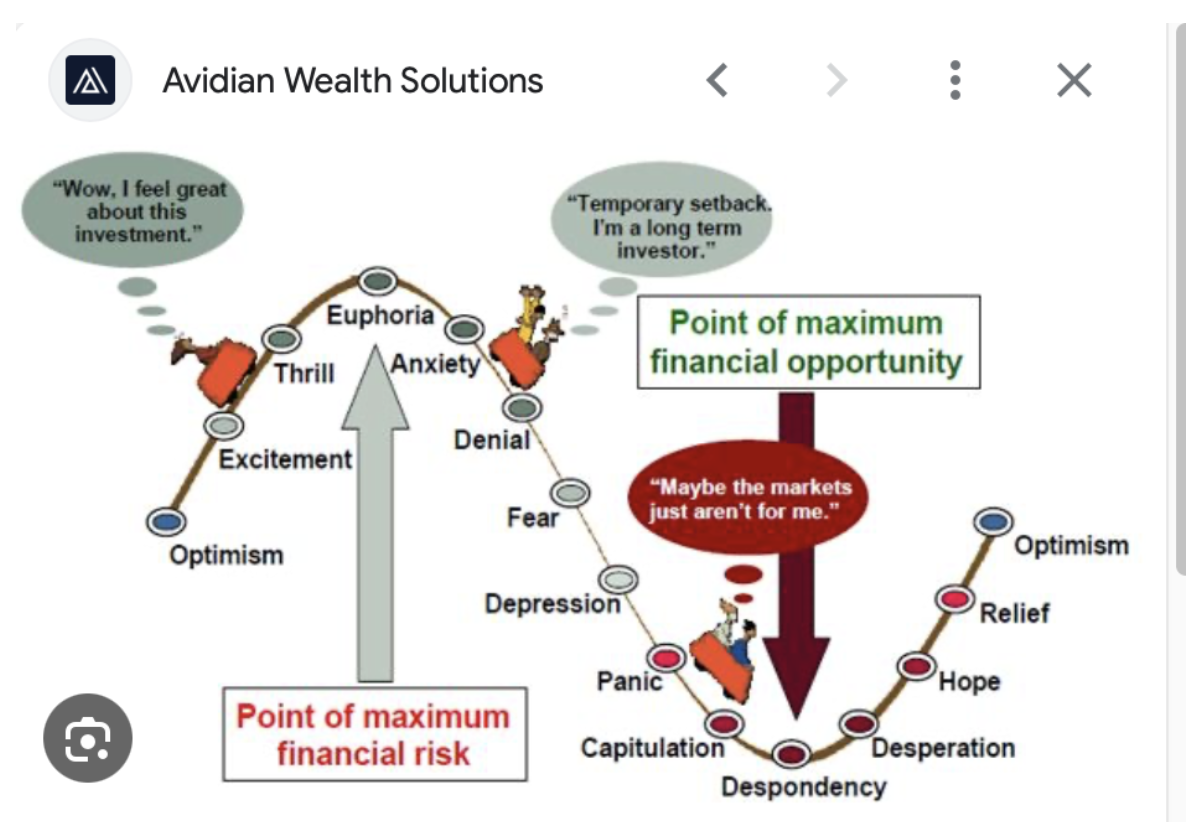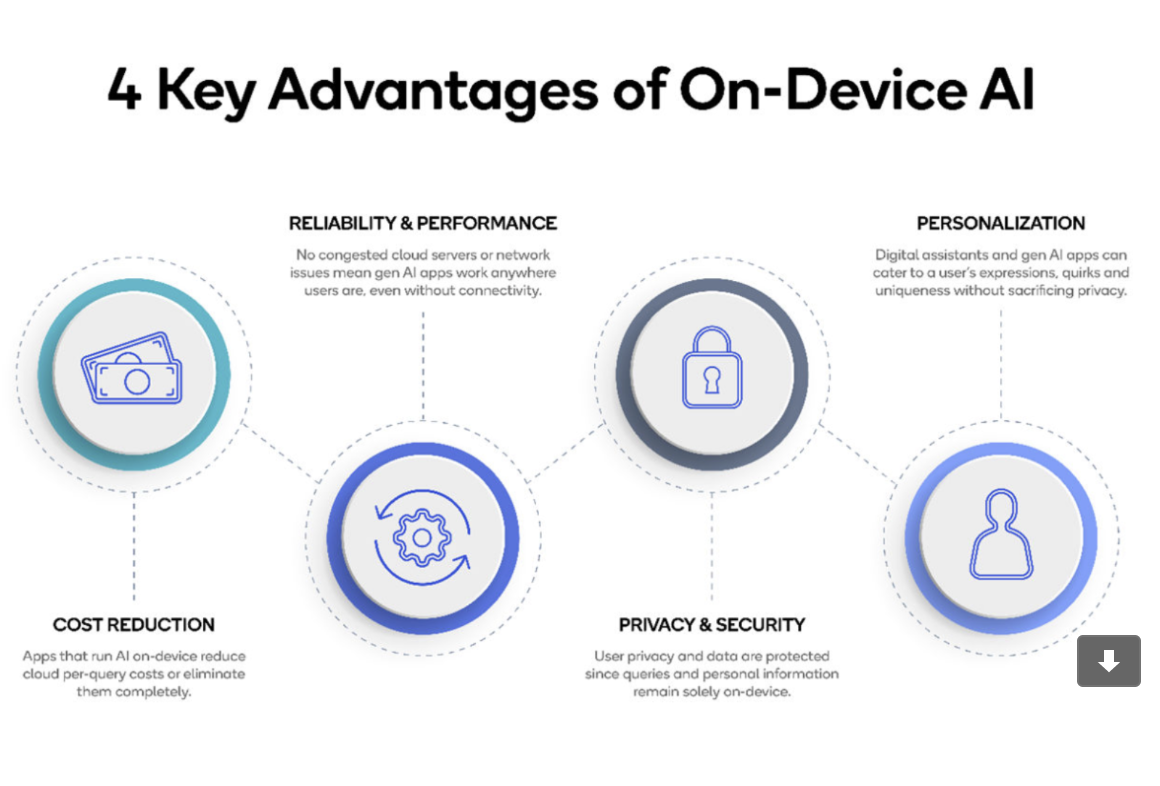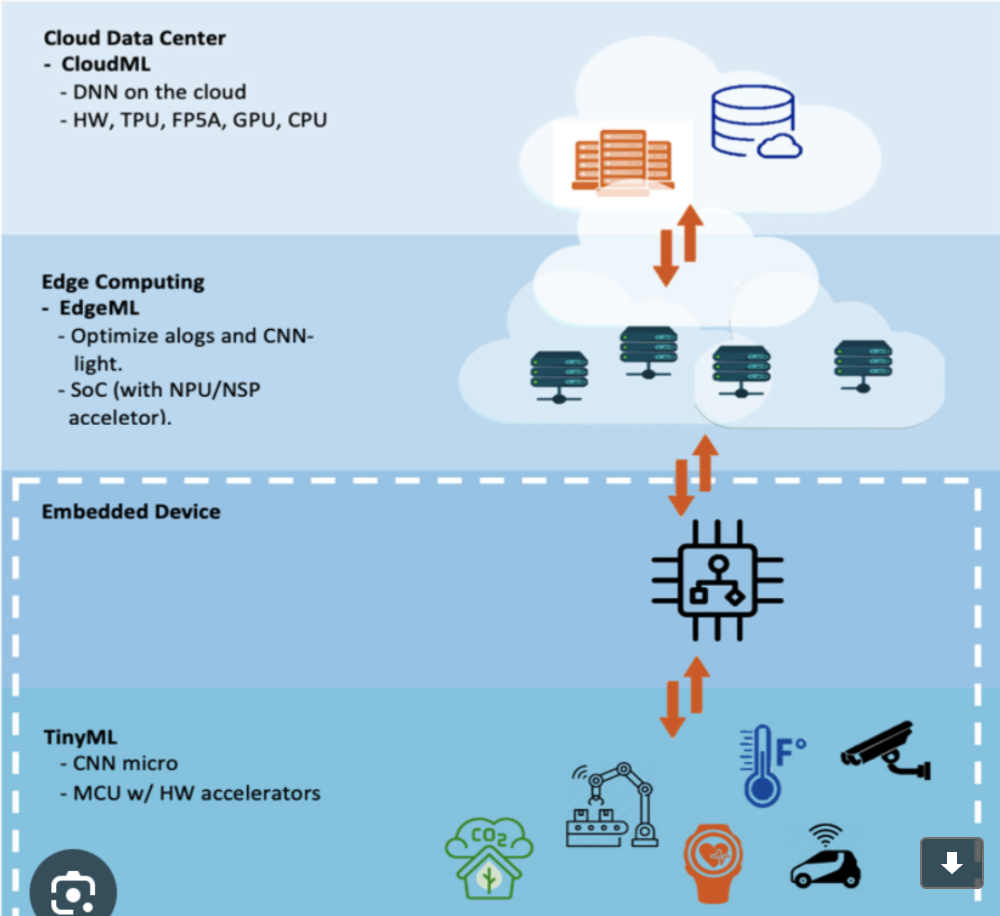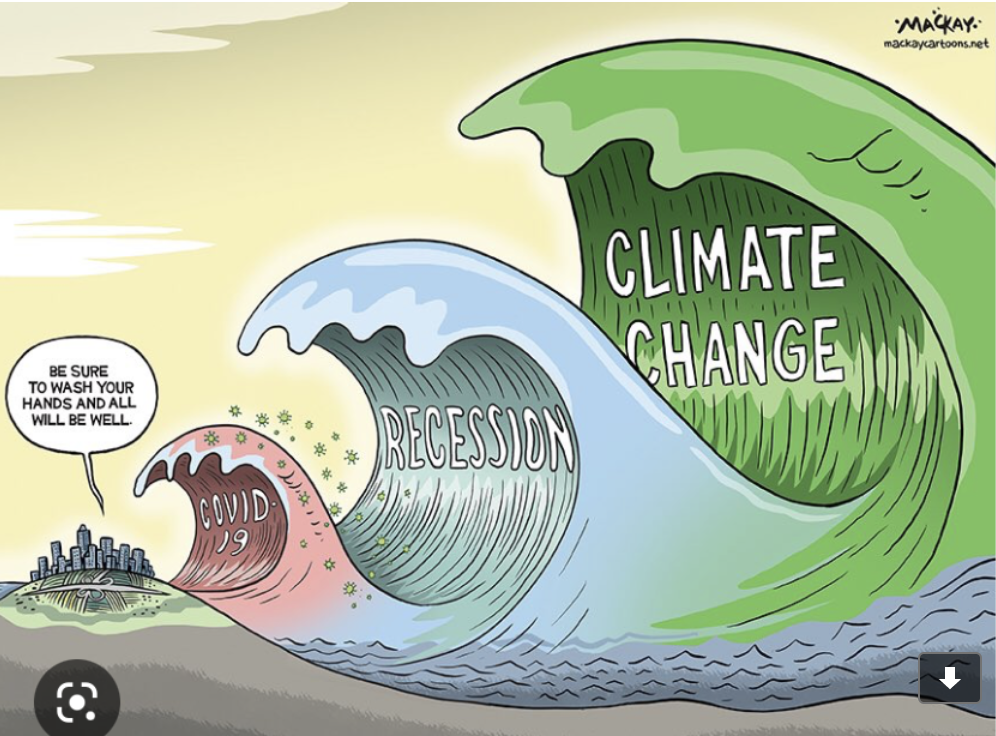
(BUFFETT INVESTMENT LESSON 101 HAS TWO KEY PRINCIPLES)
January 22, 2024
Hello everyone,
It’s been a very wet and stormy January in Queensland this year. And we now have a cyclone lurking off the Queensland coast about to create havoc with the coastal communities in far north Queensland. The weather might be all over the place, but the stock market appears to be seeing things very clearly.
Welcome to a new bull market which started back in October 2022. Bull markets on average last more than 1,700 days, or longer than four years, the data shows. The median length of a bull is just north of 1,500 days.
The current run has lasted about 15 months, or under a year and a half, thus far. Investors are optimistic and excitement is almost palpable about the Fed cutting interest rates later this year. This excitement has pushed stocks higher in recent months.
Bull markets do not show uniform performance numbers. The longest bull run lasted between 2009 and 2020 – nearly 4,000 calendar days – with an overall gain of more than 400%. The shortest bull run on this list, which started when the index was just 14 points, was less than two years and resulted in a 22% advance.
Despite the market’s strength, the investor has some concerns in 2024. The exact path the Federal Reserve will take to lowering interest rates, the presidential election as well as the prospect of possible weakness in U.S. consumer spending. Data released this week could go a long way toward determining which way the central bank policymakers could lean on policy. Gross domestic product will be released on Thursday and the personal consumption expenditure prices reading on inflation is out on Friday.
Don’t rule out a pullback and some choppiness in the first few months of 2024.
Earnings this week:
Nearly 70 S&P500 companies are due to report earnings this week. Among the biggest reports are Tesla, Netflix, and Intel.
Monday: United Airlines (UAL)
Tuesday: Procter & Gamble (PG), Netflix (NFLX)
Wednesday: IBM (IBM), Tesla (TSLA)
Thursday: Alaska Air Group (ALK), Intel (INTC)
Did you know _
That one of Buffett’s many investments throughout his illustrious career has included the purchase of a farm. This farm is situated around 50 miles north of Omaha and was purchased in 1986. It cost Buffett $280,000, and he estimated that the return from the farm would be about 10% owing to improved productivity and higher crop prices. Years later Buffett advises us that the farm has “tripled its earnings and is worth five times or more what I paid.” He went on to say that he still “knows nothing about farming and recently made just my second visit to the farm.”
Buffett’s lesson to followers is that what matters most to any investment is its future earnings. Another key message from this example is having a long-term horizon for investments. He advises that “when promised quick profits, respond with a quick ‘no.’”
He explains that “income from the farm will probably increase in decades to come, and the investment will be a solid holding for my lifetime, and for my children and grandchildren.”
Both Warren Buffett and Bill Gates love farmland as an investment.
In north Queensland, you can’t really swim in the ocean without a stinger suit. You don’t want to get bitten by an Irukandji jellyfish. It is a potentially deadly sting that can cause cardiac arrest in under 30 minutes. To date, in south-east Queensland, on the Gold Coast (shown above) and Sunshine Coast, we can swim in the ocean without concerns about these jellyfish.
Cheers,
Jacquie



